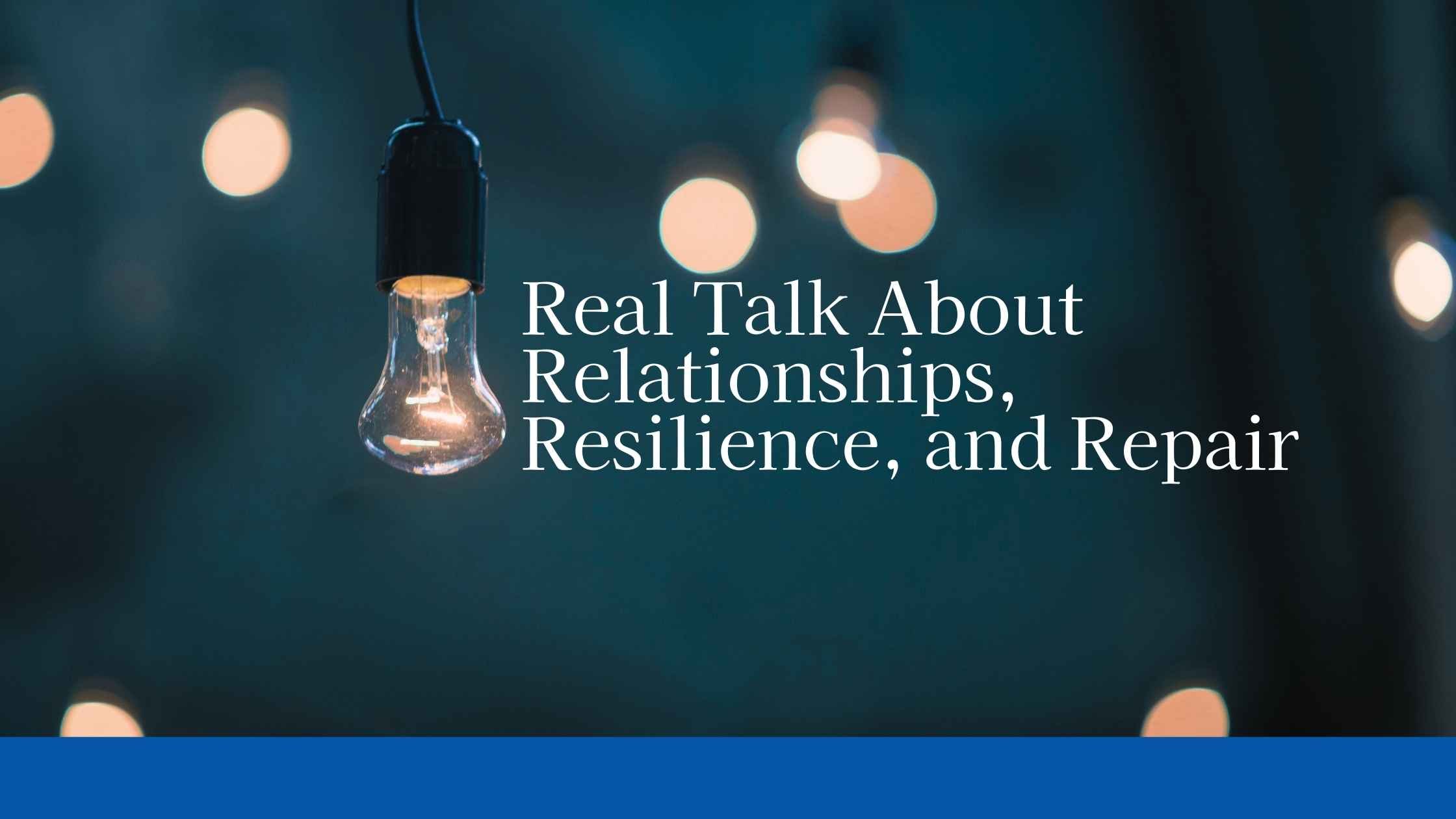
Blog

“I Don’t Care If I Ever Have Sex Again” – What This Really Means and Why It Matters
If sex feels like duty or you’ve lost desire, you’re not alone. Here’s how to address physical and emotional sexual needs and rebuild connection.

Sleeping Together or Sleeping Apart: What Your Sleeping Arrangement Says About Your Sexual Connection
Whether you’re in the same bed or separate rooms, your sleep setup can say a lot about your intimacy. This post helps couples explore how sleeping arrangements affect sexual connection—and how therapy can help bring you closer.

Name It to Tame It — Why Emotion Vocabulary Heals
Naming your feelings can transform your brain, your relationships, and your healing journey. This post explores the science behind “Name It to Tame It,” offers practical steps to move from vague to specific emotions, and shows why building emotional vocabulary is key to regulation and connection.

Porn in the Shadows: When Sexual Shame and Secrecy Undermine Intimacy
Secret pornography use can leave couples feeling hurt, confused, and sexually disconnected. In this post, we explore how sex therapy helps partners understand the deeper dynamics at play—shame, secrecy, unmet needs—and move toward honest, healing intimacy. You’re not alone, and healing is possible.

Differentiation as Sexual Maturity: Staying Present Without Performing
In sex therapy, we help clients develop emotional maturity and self-awareness in the bedroom. This post explores how differentiation allows for authentic, connected, and shame-free sexual expression in healthy relationships.

When One Partner Has Low Desire: How to Move From Stuck to Curious
Desire differences are common—but they don’t have to divide you. This post explores what causes low desire and how couples can move from pressure and pain to compassion, understanding, and reconnection.

When Thoughts During Sex Are About Survival, Not Pleasure
Sometimes, thoughts during sex aren’t about intimacy—they’re about surviving the moment. If you’ve experienced disconnection, fear, or pressure during sexual intimacy, this blog explores why that happens and how sex therapy can help you find your way back to safety and pleasure.

What Is Micro-Consent?
Micro-consent is the practice of checking in with yourself and your partner every step of the way. In this post, we explore how it helps rebuild trust, create safety, and support healing—especially after trauma, shame, or sexual pain.

Healing Intimacy After Trauma: How Sex Therapy Can Help You Reconnect
Trauma can make intimacy feel out of reach—but it doesn’t have to stay that way. In this post, we explore how trauma affects connection and how therapy can help couples heal and rediscover closeness.

Hypervigilance and Avoidance: How the Brain Reacts to Pain in the Bedroom
Avoidance during sex isn’t rejection—it’s protection. Learn how the brain responds to pain and how emotional safety can help couples heal from sexual fear and disconnection.

Good Sex vs. Bad Sex? Why All-or-Nothing Thinking Can Sabotage Intimacy
When sex becomes a test of perfection, intimacy suffers. This post explores how all-or-nothing thinking shows up in the bedroom—and how therapy can help you replace pressure with presence.

Unwanted Thoughts, Unwanted Shame: When Thought-Action Fusion Blocks Sexual Freedom
When intrusive or unexpected sexual thoughts cause shame, it's often due to Thought-Action Fusion. This post explores how this pattern affects sexual freedom and how sex therapy helps you navigate it with curiosity and self-acceptance.

Criticism, Shame, and the Sexual Self: Why It’s Hard to Stay Open
When criticism shows up in your sex life, it can feel deeply personal. Explore how the brain responds to shame and how therapy can help partners reconnect with compassion and safety.

Sex Is the Oil, Not the Fuel: Reframing the Role of Sex in Your Relationship
When sex feels broken, it can take up far more space in a relationship than it was ever meant to. Learn how sex therapy helps couples restore intimacy—not just in the bedroom, but across their emotional connection too.

Emotional Nakedness Before Physical Intimacy
If your sex life feels disconnected or performative, emotional vulnerability may be the missing piece. Learn how sex therapy can help you and your partner build true intimacy—emotionally and erotically.

Beyond Intercourse: Exploring Arousal and Erection Through Nonintercourse Sexual Scenarios
Sexual connection extends beyond intercourse. Explore practical techniques to enhance arousal, strengthen intimacy, and reduce performance anxiety in nonintercourse scenarios.

The Psychological Side of Erectile Dysfunction: How Your Mind Impacts Desire and Performance
Erectile dysfunction isn’t just a physical issue—psychological factors such as anxiety, depression, and stress significantly impact both sexual function and desire. Learn how addressing these emotional barriers can help you reclaim intimacy and satisfaction in your relationship.

Understanding Erectile Dysfunction: A Whole-Person Approach
Erectile dysfunction can be frustrating and isolating, but you don’t have to navigate it alone. This blog explores ED through a biopsychosocial lens, offering insights into physical, emotional, and relational factors, plus practical steps toward healing.

Navigating Desire Discrepancy: Finding Connection Through Curiosity and Collaboration
Differences in sexual desire can create frustration and distance in a relationship, but they don’t have to. Learn how to replace pressure with curiosity and discover collaborative ways to reconnect with your partner.

Why Your Sexual Arousal Works the Way It Does (And Why That’s Not a Problem)
Sexual arousal isn’t one-size-fits-all. Learn why some people get turned on instantly while others need the right conditions—and how to create the best environment for a thriving sex life.
